|
From the lush canopy of the temporate rain and old growth forests, to the sandy beaches of the wild coast, or the majestic overlooks of rugged, glacier-capped mountains, Olympic has a great deal to offer. Here you can find information about each area of the park, including how to get there, recreational opportunities, and popular trails. |
Pacific CoastWhether it's the tall seastacks that dot the coast, crystal waters of Lake Ozette, or grandeur of the old growth forests, Olympic's coastal areas are full of opportunities to explore diverse landscapes.. |
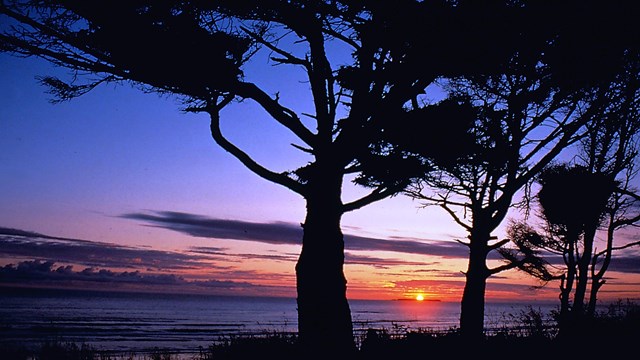
Kalaloch and Ruby Beach
Kalaloch Beach is a broad sandy beach ideal for walking and beach combing. 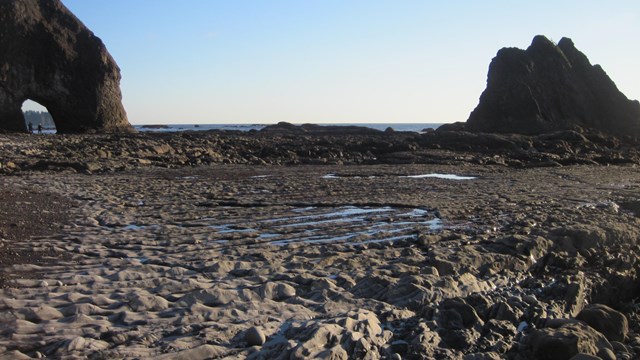
Mora and Rialto Beach
Rialto Beach is a magnificent beach with scenic views of off shore islands to the south and sea stacks to the north. 
Ozette
Ozette not only has stunning beaches, but one of the largest lakes on the Peninsula. Temperate Rain ForestsWest of the Olympic Mountains are temperate rain forests, where rainfall is measured in feet (12-14 feet annually) and a lush green canopy of coniferous and deciduous trees and provides just the right conditions for mosses and ferns to flourish. 
Hoh Rain Forest
Hall of Mosses and Spruce Nature Trail are two short trails that loop from the visitor center. The trailhead for Hoh Valley and Mt. Olympus 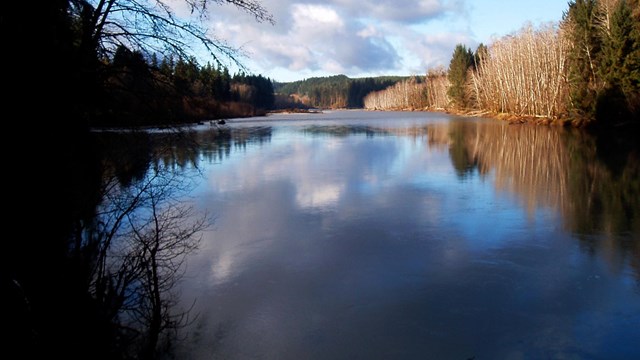
Queets Rain Forest
With relatively few visitors, the upper Queets Valley is the perfect location for quiet solitude. 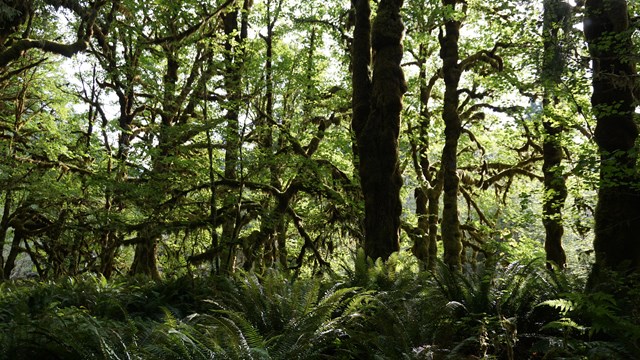
Quinault Rain Forest
The Quinault Valley is a wilderness gateway to alpine meadows, jeweled lakes and ice-carved peaks. Mountains and Old Growth ForestsHurricane Ridge is the most easily accessed mountain area within Olympic National Park. In clear weather, fantastic views can be enjoyed any time of the year. 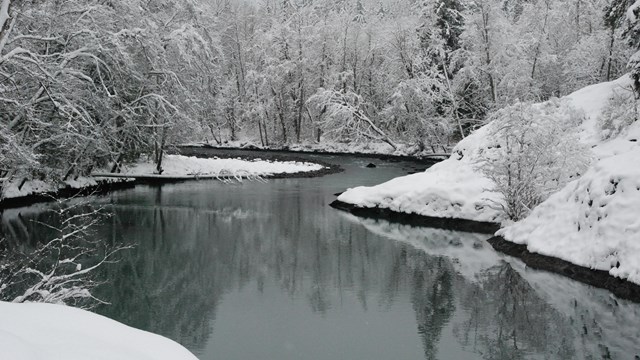
Elwha River Valley
Home of the Elwha River Restoration Project, the Elwha River Valley is also home to a lush lowland old growth forest. 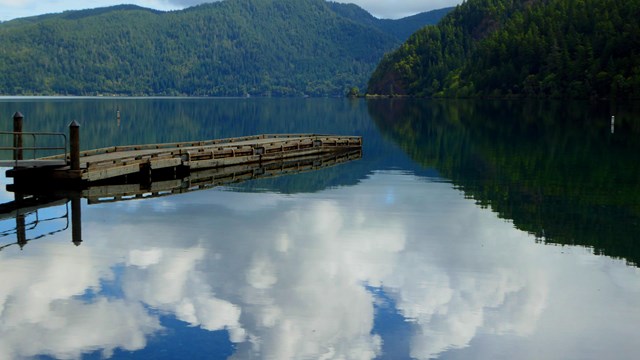
Lake Crescent
This deep, clear, glacially carved lake is surrounded by old-growth forest and is home to two endemic fish species. 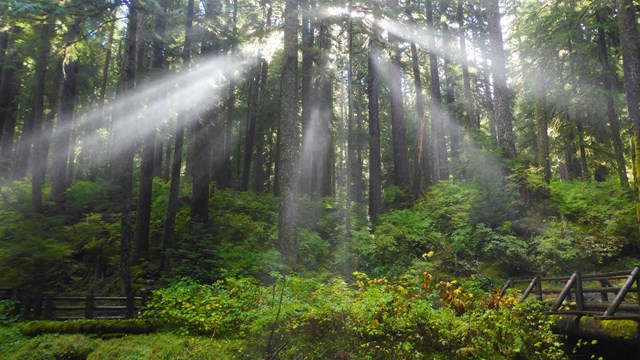
Sol Duc Valley
The Sol Duc Trailhead offers access to some of the park's most popular wilderness backpacking areas including the Seven Lakes Basin. 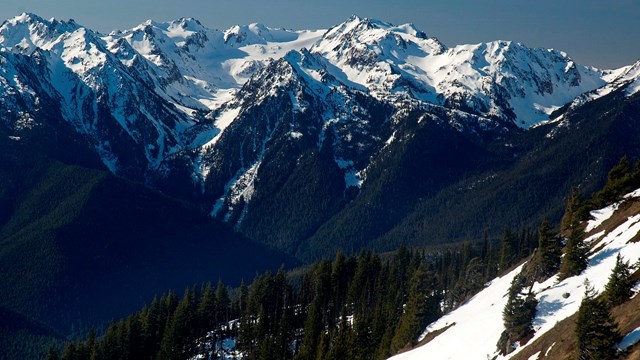
Hurricane Ridge
"The Ridge" is one of the most accessible mountain destinations in Olympic National Park. It is a great location for enjoying scenic vistas. 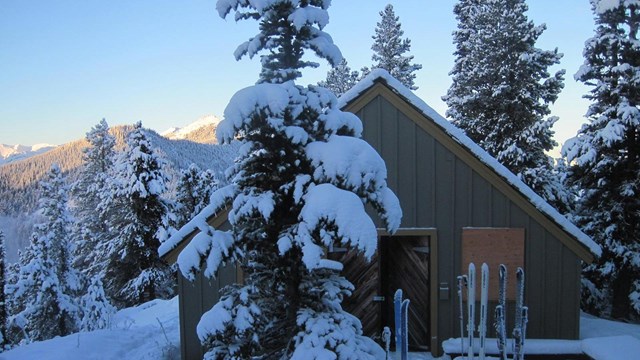
Deer Park
This primitive area is accessed by gravel road and includes a small campground, a short summit hike, as well as other longer trails. 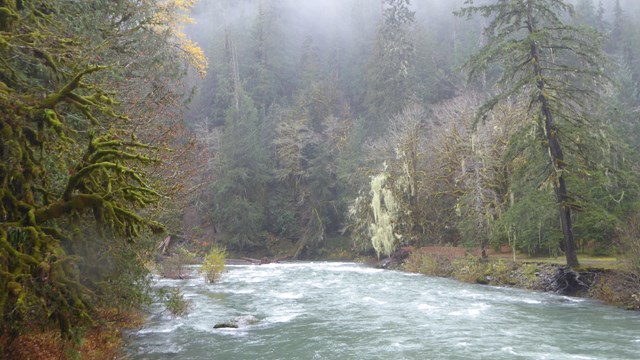
Staircase
Located just one hour from Olympia, this lush heavily forested area is where cathedrals of Douglas Fir reach for the heavens. |
Last updated: January 29, 2025
